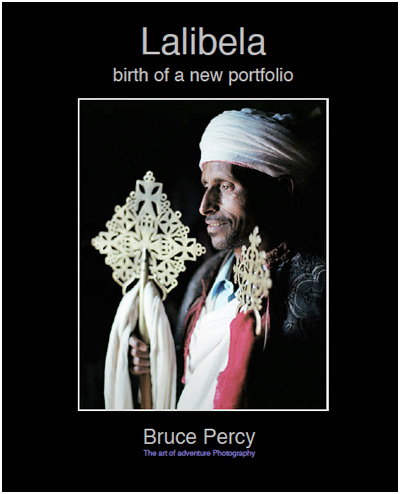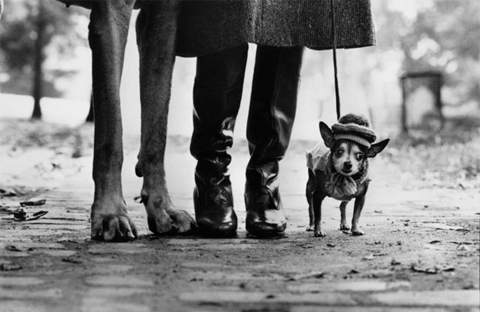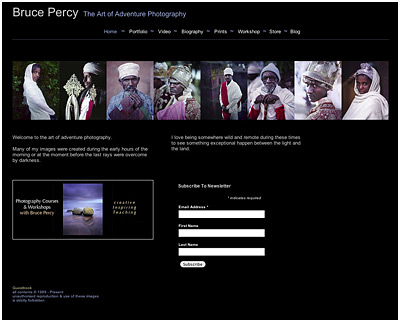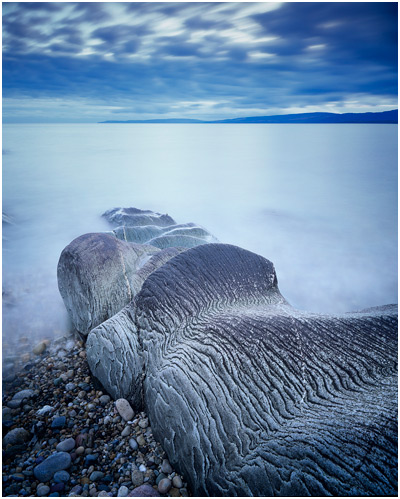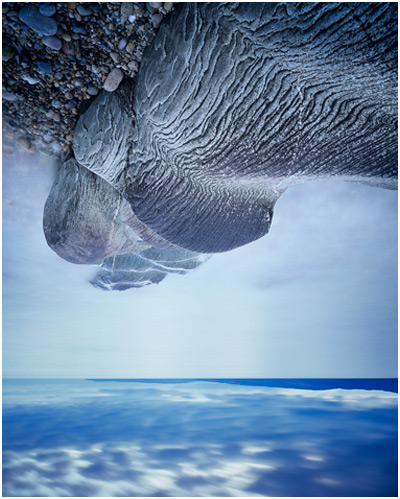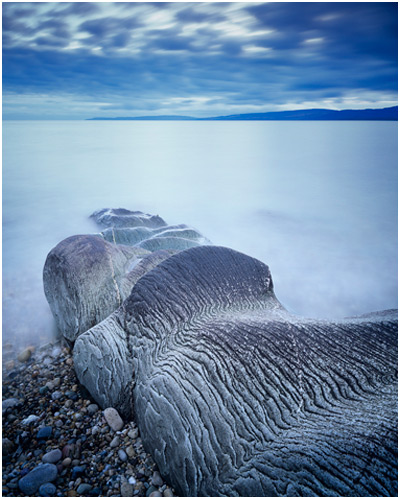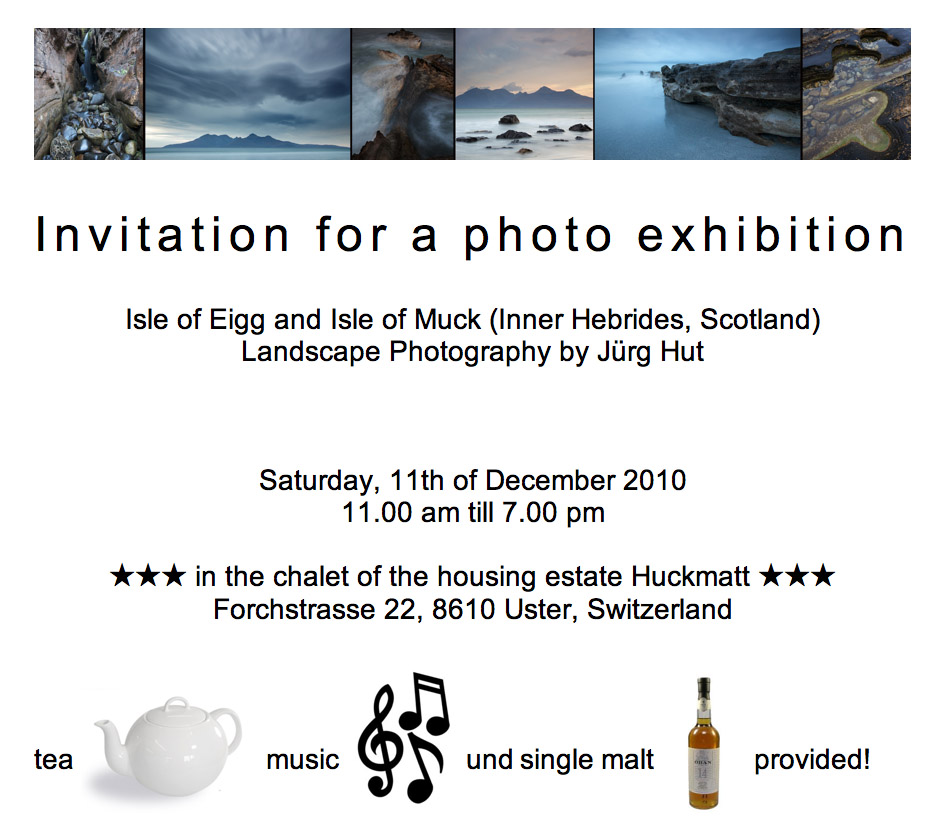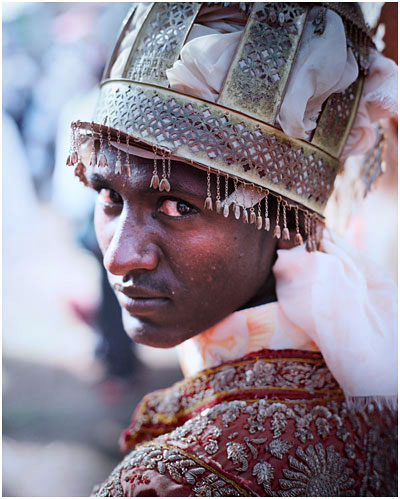In September I carried out a workshop on the Isle of Eigg and I reviewed an image by each participant on this very blog. I thought it would be a nice feature, as and when I have some spare time, to review or critique some of the images from each workshop I do per month.
So I'm going to continue with a review of the Assynt trip I did this October. We were very lucky with the weather, experiencing some really nice cold, calm days for most of the trip.
The first image I'd like to discuss is Barbara's image of Stac Pollaidh. Barbara is a beginner in photography and we spent a bit of time during the week covering hyper-focal focussing so that she could get her images sharp. It wasn't easy as she has one of the kit lenses which manages to rotate the front element each time she adjust focus or changes the placement of her ND grad filter, but she did really well and I loved this particular image she shot through the week.

I think it's very tempting to want to make images dark and dramatic, but the soft light on the mountain needed to be brought out without adding any contrast, so we did some fine tuning in Photoshop for this one. I liked the composition - Stac Pollaidh is mostly on a third on the right hand side of the frame and I feel the foreground trees aren't too distracting as they're nicely balanced and don't intrude into the space occupied by the mountain. We did some slight cropping to this shot during the critiques, but I have to say that there was very little that needed to be done, and that's an important lesson in it's own : leave it alone if it conveys what you want it to in the first place.
The next image below was made by Frank. We were at this loch a few times, which I feel is always worth doing because you get to understand a location and work out better compositions each time you return. So often in my workshops, we will visit the same location at least more than once. Frank used the light of the sun on the reeds to give a bit of mid ground presence and a grad on the sky to stop the ground from under-exposing. I liked his composition because there is an equal distance between the edges of the rock and the edges of the frame. I do seem to be very sensitive to balance in a shot these days I felt that Frank had created a very balanced foreground. My only crit was that standing a little further back and using a higher focal length lens would have brought the mountains more into the shot. At the moment they feel a little too far away for me. That's the problem with wide angle lenses, you can exaggerate foregrounds at the cost of pushing the background further away. But it's a lovely shot all the same, which is another important lesson. Just because the image didn't live up to perhaps what you intended, it has a soul of it's own and you should just let it be what it is. And it's a lovely image.

Els spent a bit of time with me going over compositions for the following shot. We spent a bit of time trying to get the right placement of the tree in the foreground so that it didn't intrude on anything in the background. The first few attempts led to images with clashing objects and the clouds reflected in the water caused some clashing too. This image worked out well because we moved further up the bank, perhaps maybe only a couple of feet. I often find that a composition can live or die purely by moving a few feet back or forward. Subtle changes also affect the composition which is why I'm a believer in first finding your composition, then setting up the tripod and using it to fine tune what you have.

Henk too the following image of Suliven early one morning. The day started off with little potential but as the sun rose, we realised there was a lot of drama and colour in the sky. The red tones at the horizon is the sun attempting to break through the heavy cloud cover. Under my instruction, Henk used a very long shutter speed for this image, courtesy of some ND filters to get the streaking effect across the sky. One way to create movement in a static landscape is to blur things, which I'm very fond of doing when the light and conditions are right. The cloud cover had enough contrast to project some movement and the wind was moving the clouds across the landscape at a pace that I knew would work well for this intended photo.

Mukul, I got the feeling, wasn't happy with most of his efforts during the week. That's often a sign of someone aiming too high, too quickly I feel, but despite how he felt, I thought this image was stunning. I think Rainbows are a little cliche, and only work well if they just so happen to appear in a well composed landscape shot. Mukul created a really interesting composition here. The light on the far away mountains is great, the rainbow occupies the north west area of the frame and is balanced by some bracken in the bottom right hand side of the frame. I also like the foreground foliage as it seems to give a 'foundation' to the image. It's tonality is similar to the mountains, but at the same time, it's non-distracting.

Tonino shot this image of the Stac Pollaidh mountain range from afar and he went straight for what was important: the drama in the sky. I love this image because of the mood as well as the composition. Keeping the mountains right at the bottom of the frame gives the main actor here (the sky) space to show off. The mountains act merely as a prop, a way of giving context to the sky.

As you can see, we had some great weather during the week. Many thanks to Barbara, Els, Frank, Henk, Mukul and Tonino for coming along.
